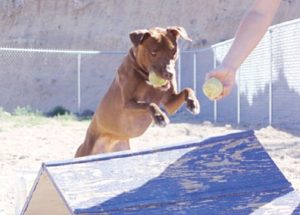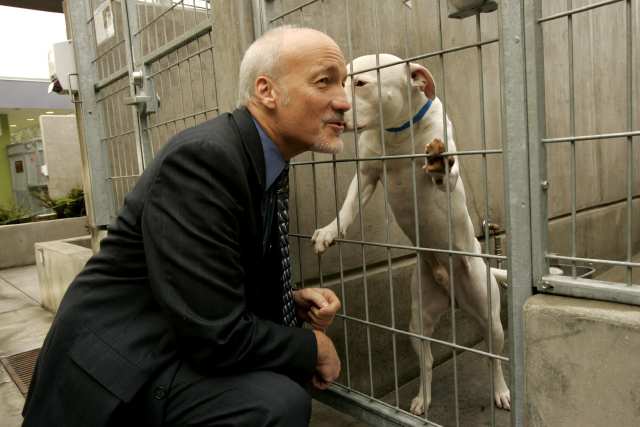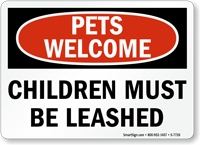
Animal Sheltering magazine is considered the gold standard for reliable information for people who care about the animals in their community – from humane society directors and city animal control managers to kennel staff, volunteers, and private individuals working as activists, breed rescuers, wildlife rehabbers, veterinarians, and more.
One of the purposes of Animal Sheltering magazine is to feature innovative animal shelters that are new, renovated, updated, or expanded, focusing specifically on aspects of the design and engineering that makes life better for the animals – as well as more pleasant for staff, volunteers, and visitors.
James Baker, a reporter with Animal Sheltering, is responsible for a feature called The Build-Out in each publication. Having heard about many YHS shelter enhancements over the past several years, he contacted us saying YHS “sounds like the perfect story for The Build-Out feature in Sept/Aug issue.”
While YHS appreciates the national attention we receive for our innovative, life-saving programs, we are especially grateful to our local community for your support in making these improvements possible. Here is just a small list of accomplishments made possible by YHS supporters that may be featured in the upcoming Animal Sheltering magazine:
• The YHS Pet Adoption Center is now climate-controlled, thanks to a newly installed central HVAC system.
• All YHS animals have their own beds, private kennels or cages (cats have condos), piped-in music, and daily enrichment exercises.
• An outdoor Enrichment Kennel facility that helps housetrain dogs and provides training and holding space for animals.
• Commercial laundry equipment ensures YHS is able to provide the cleanest blankets and towels to our animals every day.
• Solar power helped reduce utility costs by 50 percent, providing more money for direct animal needs.
• A new digital X-ray machine allows YHS Medical Team to diagnose and rehabilitate greater numbers of sick and injured animals.
• Water-retention barrels are being installed to help beautify YHS landscaping.
• The YHS Cat Facility to care for sick and injured homeless cats, and momma cats and their kittens.
All of these amenities are the result of gifts, donations and grants that demonstrate our community’s unflappable commitment to making YHS the best it can be; a truly happy place for man and beast.
One of the premier amenities at YHS is the Buffy Pence Dog Park; named in memory of the beloved pet of Don and Shirl Pence – the benefactors who made the YHS dog park a reality. The park was recently reconfigured and enlarged with a net result that YHS now has two large dog parks where there used to be just one.
The fabulous YHS volunteer dog walkers use the dog park to ensure all our dogs have ample exercise and enrichment activities every day. The park provides a great place for dogs wanting to play fetch, catch Frisbees or just run around exploring. The park also serves as a friendly space where potential adopters get acquainted with prospective pets before actually adopting. The YHS dog behaviorists also use this space for training dogs and teaching dog walkers to do likewise.



